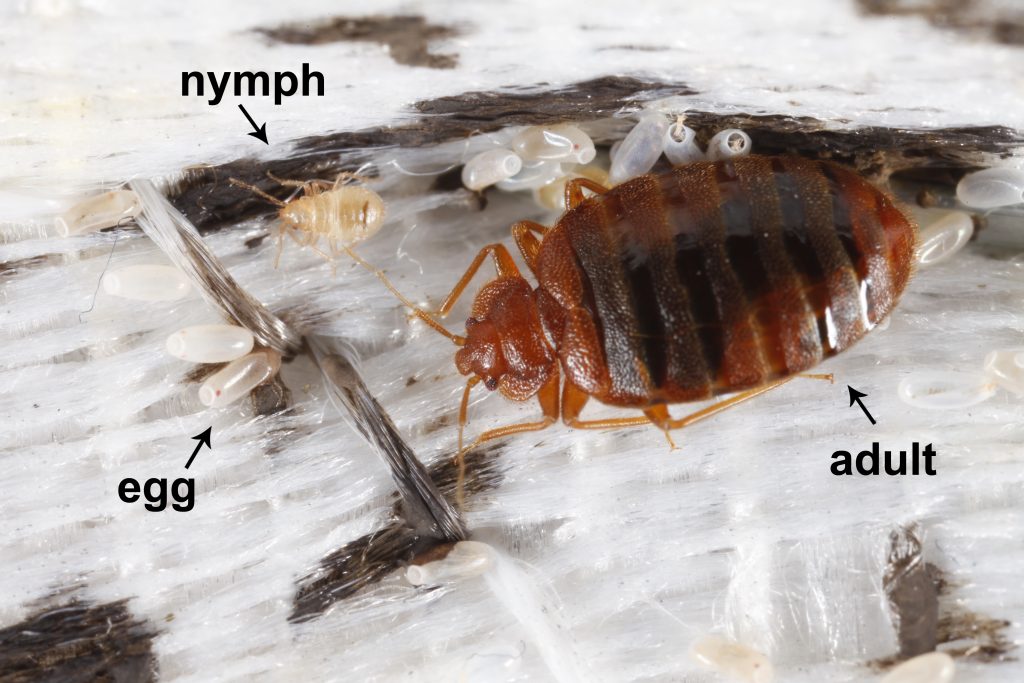As a homeowner, one of the worst things that can happen is to find out you have bed bugs in your house. Not only are bed bugs annoying and difficult to get rid of, but they can quickly spread to other rooms if not taken care of properly. In this article, I’ll be discussing how to prevent bed bugs from spreading to other rooms and give you some simple prevention tips for dealing with these pesky bugs.
What are Bed Bugs?
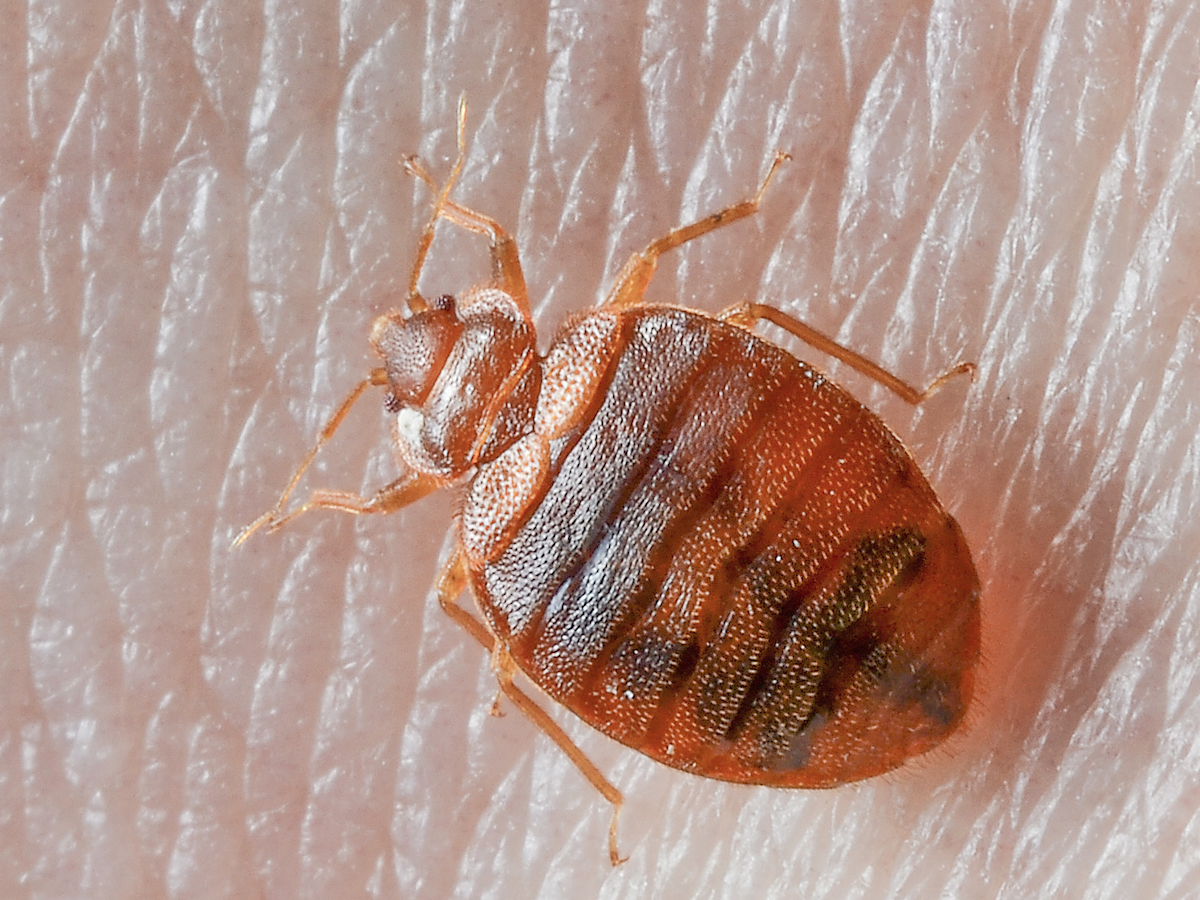
Bed bugs are small, flat, oval-shaped insects that feed on the blood of humans and animals. They are typically 4-7 mm in length, brown in color, and have a flattened body shape. Bed bugs are usually found in mattresses, bedding, furniture, and carpets. They are nocturnal and are most active at night when people are sleeping.
| Characteristic | Description |
|---|---|
| Size | 4-7 mm in length |
| Color | Brown |
| Shape | Flat, oval-shaped |
| Where Found | Mattresses, bedding, furniture, carpets |
| Activity | Nocturnal, most active at night |
Bed bugs can spread from room to room by hitching a ride on clothing, furniture, luggage, boxes, and other items. To prevent them from spreading, it is important to take steps to reduce their population and limit their movement.
Identifying Bed Bugs
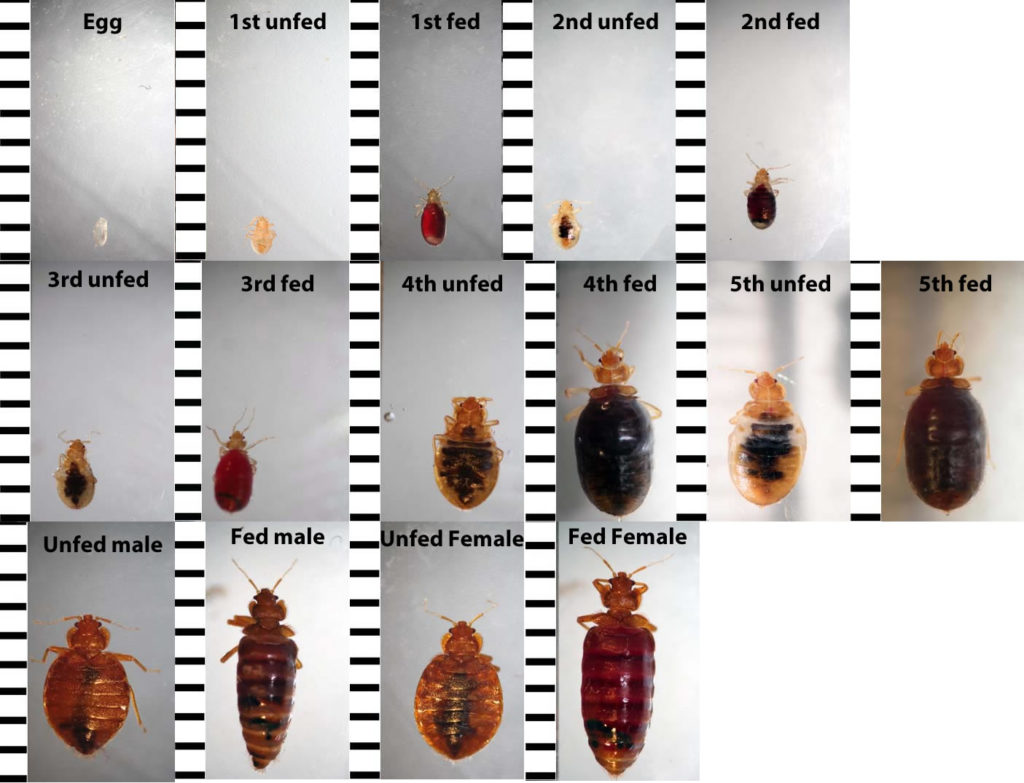
Bed bugs are small, oval, reddish-brown insects. They are about the size of an apple seed and can be seen with the naked eye. They tend to hide in mattresses, bed frames, box springs, and other furniture near the bed. They can also be found in cracks and crevices in walls, floors, and baseboards.
To identify bed bugs, look for the following signs:
| Signs | Description |
|---|---|
| Oval-shaped, reddish-brown insects | About the size of an apple seed |
| Fecal spots | Small, dark-colored spots on sheets and mattresses |
| Blood stains | Small, reddish-brown stains on sheets and mattresses |
| Eggs/shells | Tiny, white eggs and eggshells on mattresses and furniture |
If you suspect a bed bug infestation, it is important to inspect the entire room, including the bed, furniture, and surrounding areas. Carefully look for any of the signs listed above. If you find any of these signs, contact a pest control professional right away.
Signs of Bed Bug Infestations
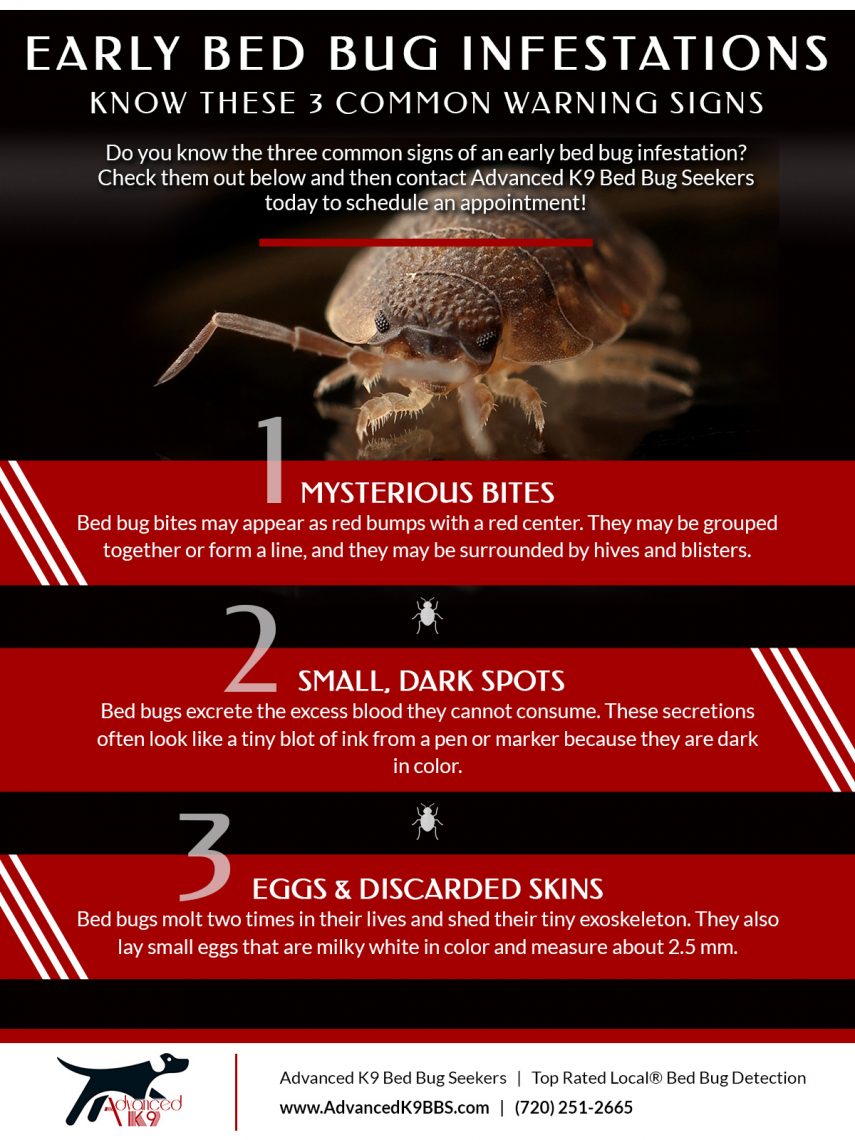
Bed bugs are small, oval-shaped insects that feed on human or animal blood. They leave behind bite marks and other signs of infestation. Common signs of bed bug infestations include:
– Small, rust-colored spots on mattresses, sheets, and box springs. These spots are fecal matter from the bugs.
– Shed skins from bed bugs. As bed bugs grow, they shed their exoskeletons, leaving behind small, white shells.
– Live bed bugs. Even a single bed bug can be an indication of an infestation.
– A musty, sweet odor. This odor is caused by the scent glands of bed bugs and is strongest in areas with a large number of bugs.
If you suspect that your home is infested with bed bugs, it’s important to take action immediately to prevent them from spreading to other rooms.
Causes of Bed Bug Infestations
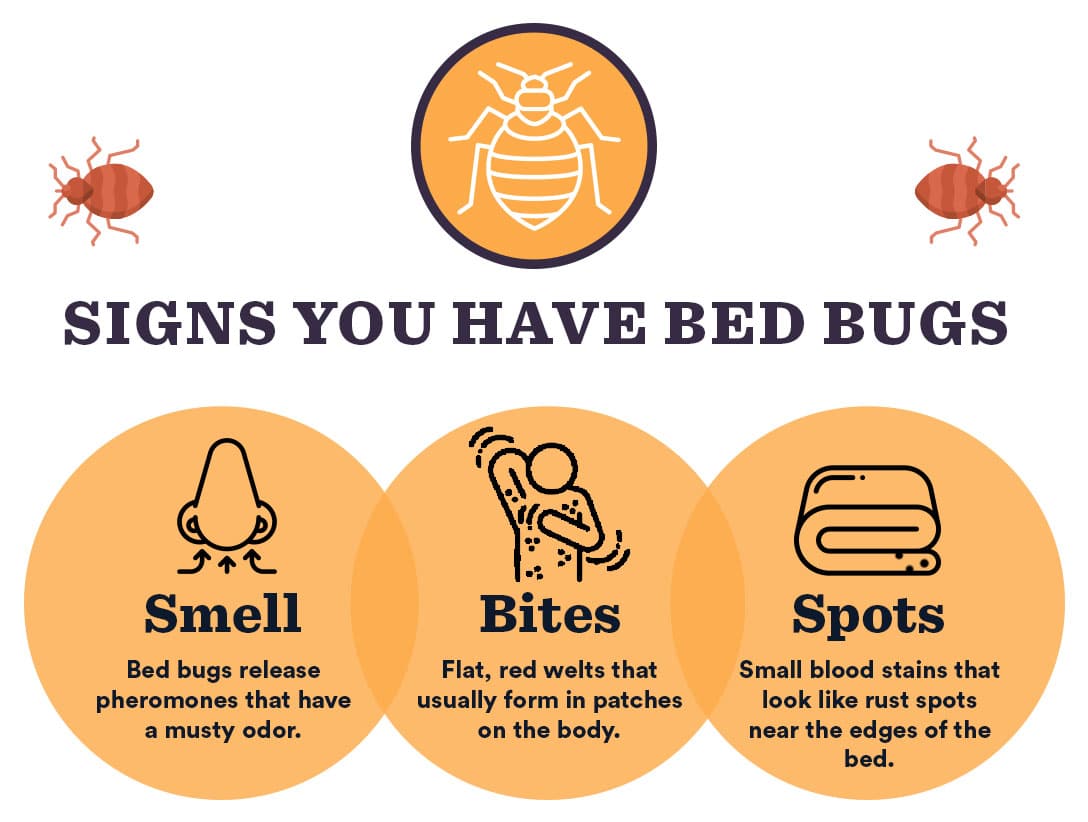
- Traveling: Bedbugs can easily attach to items such as suitcases, backpacks, and other items that are used while traveling. Once they are introduced to a new environment, they can quickly spread.
- Poor sanitation: Bedbugs can thrive in environments where there is dirt, clutter, and food debris. This can make bedbugs more difficult to detect and eliminate.
- Lack of awareness: Many people may not be aware of the signs of a bed bug infestation and may not take the necessary steps to prevent and eliminate them.
- Inadequate pest control: If a bed bug infestation is not effectively treated with the correct methods and products, the bed bug population can continue to grow and spread to other rooms.
Prevention Tips
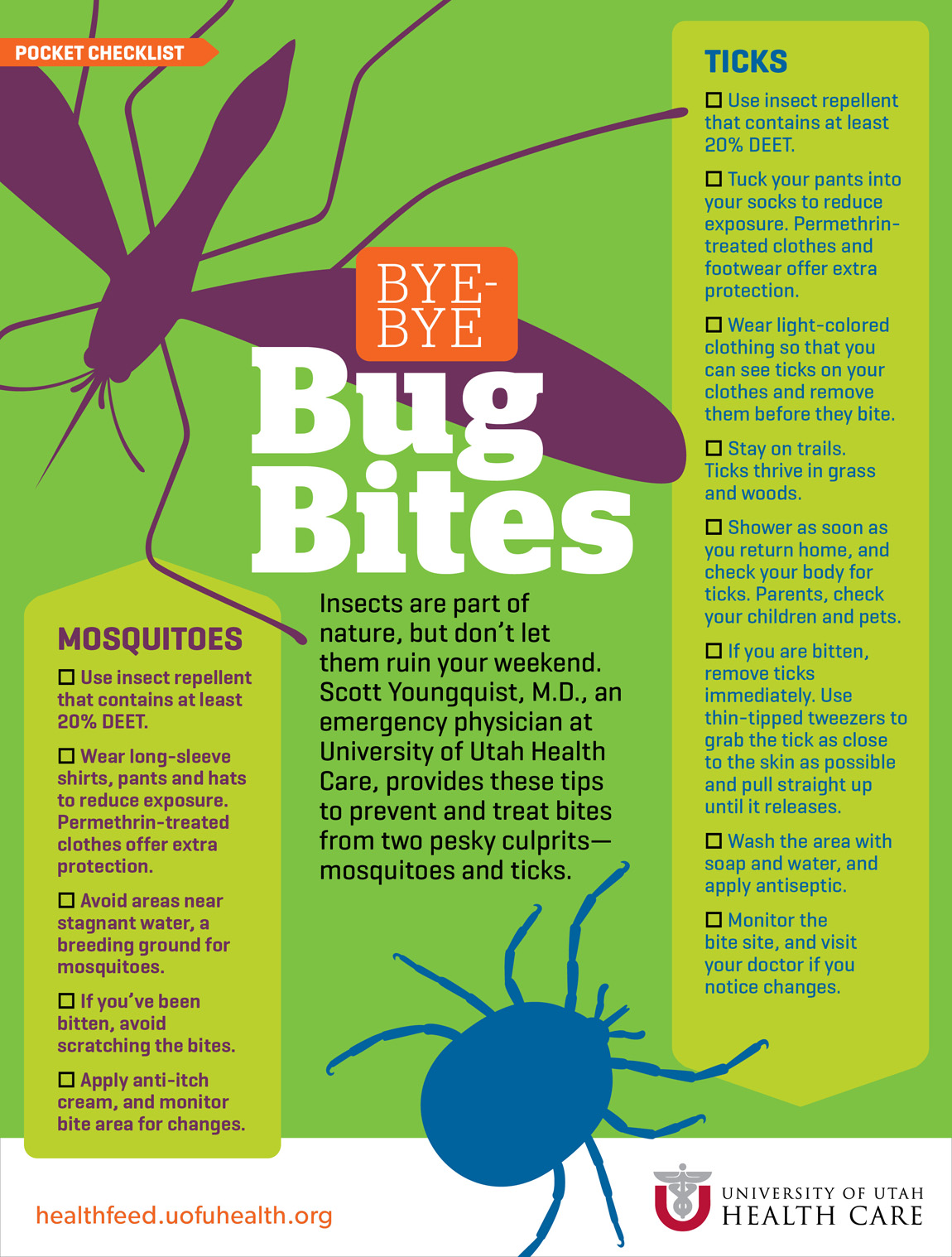
- Vacuum your home frequently.
- Wash and dry bedding, curtains, and other fabrics on the highest heat setting.
- Encase mattresses and box springs in specially designed covers.
- Check secondhand furniture, beds, and couches for any signs of bed bug infestation.
- Use a protective spray on furniture, bedding, and carpets.
- Avoid clutter in your home.
- Reduce the number of hiding places for bed bugs in your home.
- Seal cracks and crevices in walls and floors.
- Change and launder your bedding regularly.
- Inspect luggage when returning from trips.
Cleaning Up After an Infestation
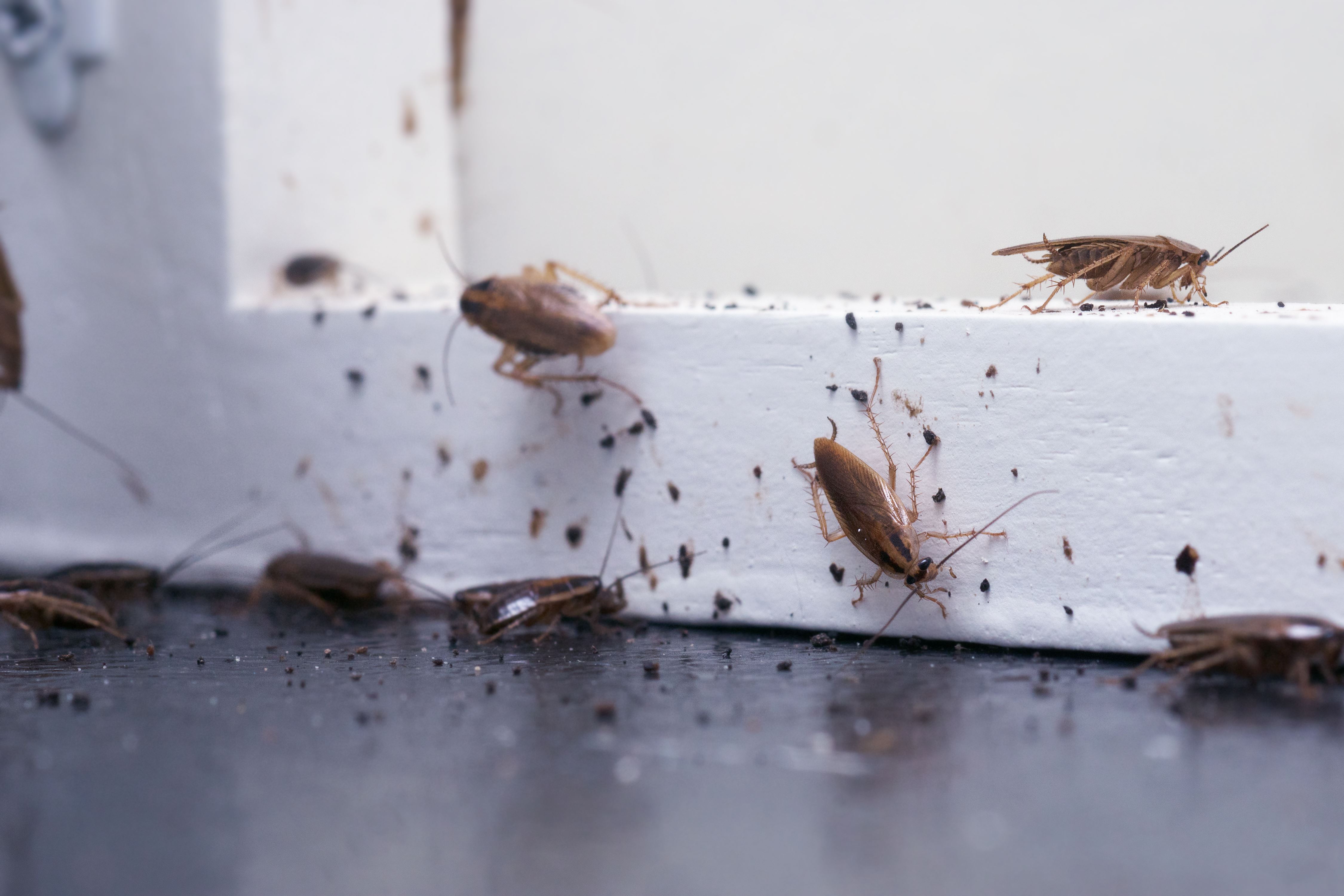
| Steps | Description |
|---|---|
| 1 | Vacuum all carpets, furniture, and bedding. |
| 2 | Wash all bedding and clothing in hot water and dry on a hot setting. |
| 3 | Use a steamer on furniture, mattresses, and box springs. |
| 4 | Dispose of vacuum bags, bedding, and any other infested material in plastic bags. |
| 5 | Clean the interior of your vacuum cleaner with hot, soapy water. |
| 6 | Spray an insecticide labeled for use against bed bugs. |
| 7 | If infestation is severe, contact a professional pest control operator. |
Cleaning up after an infestation is a crucial step in preventing bed bugs from spreading to other rooms. Vacuuming carpets, furniture, and bedding is the first step, followed by washing all bedding and clothing in hot water and drying on a hot setting. Using a steamer on furniture, mattresses, and box springs is also beneficial. Dispose of vacuum bags, bedding, and any other infested material in plastic bags. Clean the interior of your vacuum cleaner with hot, soapy water. Spray an insecticide labeled for use against bed bugs. If the infestation is severe, contact a professional pest control operator.
Professional Treatments
- Call a professional pest control company to treat the bed bug infestation.
- The pest control company will inspect the room to assess the severity and extent of the infestation.
- The pest control company will then recommend a suitable treatment plan.
- The treatment plan may include the use of chemicals such as insecticides, as well as the use of heat or cold treatments.
- The pest control company will also advise on the best way to prevent the bed bugs from spreading to other rooms.
- The pest control company will also provide advice on how to clean and disinfect the affected area.
- Follow the instructions of the pest control company to ensure the bed bug infestation is eliminated.
DIY Treatments
- Vacuum furniture and carpets thoroughly to remove bed bugs and eggs.
- Wash bedding and clothing in hot water (at least 120°F) and tumble dry for at least 30 minutes.
- Seal up any cracks and crevices in walls and floors with a silicone-based caulk.
- Place mattress and box spring encasements to prevent bed bugs from entering or exiting.
- Use insecticide or dust formulations to treat cracks and crevices, and around baseboards, in furniture, and in other areas where bed bugs may be hiding.
Frequently Asked Questions
What are the simple prevention tips to stop bed bugs from invading other rooms?
• Inspect secondhand furniture before bringing it into the home. Bed bugs can easily attach themselves to the furniture and hitch a ride into your home.
• Regularly check for signs of bed bugs in other rooms, such as dark spots of bed bug excrement or tiny white eggs.
• Thoroughly vacuum carpets and furniture regularly to remove any existing bed bugs.
• Use a mattress encasement to make it harder for bed bugs to get inside the mattress.
• Seal cracks and crevices in walls and floors to prevent bed bugs from entering your home.
• Place bed bug monitors in your bedroom and other rooms to detect bed bugs early.
• Clean clothes and bedding frequently and dry on high heat to kill any bed bugs.
• Store clothes and other items off the floor to reduce the chance of bed bugs crawling into them.
How can I prevent bed bugs from spreading to other rooms?
Bed bugs can spread quickly, so it is important to act quickly to prevent them from spreading to other rooms. Vacuum carpets, mattresses, furniture, and other surfaces in the affected room thoroughly. Wash bedding, clothing, and other items in hot water and dry on the highest heat setting. Seal cracks and crevices with caulk, and use a steamer to treat any cracks or crevices you can’t seal. Place mattress encasements on mattresses and box springs to prevent bed bugs from hiding inside. Reduce clutter in the home, as this can make it easier for bed bugs to spread. Regularly inspect other rooms in your home for signs of bed bugs.
What measures should I take to ensure bed bugs do not spread to other rooms?
Regularly inspect your bedding, furniture, and carpets for signs of bed bugs. Vacuum frequently and thoroughly, paying particular attention to crevices and cracks in furniture. Wash bedding and clothing in hot water (over 120°F) and dry on high heat. Seal cracks and crevices around the home with caulk. Use mattress, box spring, and pillow encasements to prevent bed bugs from entering or escaping. Consider using a professional pest control service.
Are There Any Steps I Can Take to Keep Bed Bugs From Spreading to Other Rooms?
Bed bugs can spread to other rooms if not contained. To help prevent this, use plastic mattress and box spring encasements on all beds and furniture. Vacuum frequently and discard the vacuum bag after use. Wash and dry bedding and clothing on the highest heat setting possible. Do not leave items on the floor, and inspect all second-hand furniture before bringing it into the home. Seal cracks and crevices in the walls with caulk.
What are the best ways to stop bed bugs from spreading to other rooms?
The best way to stop bed bugs from spreading to other rooms is to practice good hygiene and inspection. Vacuum and steam clean the affected area regularly and inspect furniture, bedding and other items for signs of bed bug infestation. Encasing mattresses and box springs in protective covers can help prevent bed bugs from spreading to other rooms. Sealing cracks and crevices in the walls, floors, and other surfaces can help control the spread of bed bugs. Regularly washing and drying bedding, clothing, and other items on the highest heat setting possible can help kill bed bugs and their eggs.
Conclusion
Overall, bed bugs can be a real nuisance. Taking proactive steps to prevent them from invading other rooms in your home is key. By following the tips discussed above, you can greatly reduce the likelihood of bed bugs invading other rooms in your home. Vacuuming, laundering, sealing cracks and crevices, and using insecticides are all good prevention methods. If you suspect that you have bed bugs in other rooms of your home, contact a professional pest control service for help.
